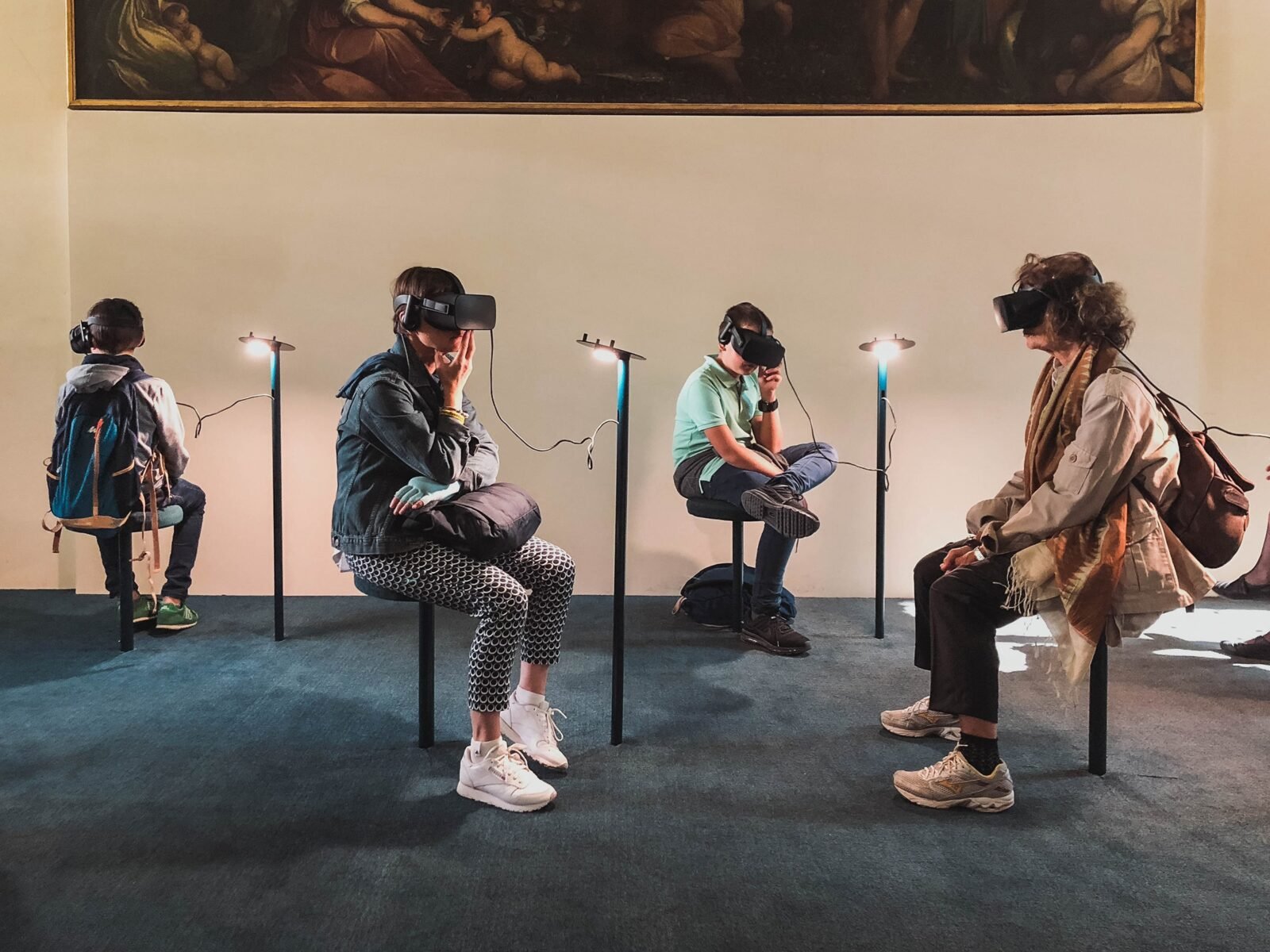How AR Brings Online Shops Into Your Home
Augmented and Virtual Reality technologies are becoming so realistic that they soon might replace in-store customer experiences. As online shops enter your home, traditional retail is urged to reinvent itself.
E-commerce is on the rise especially now with physical stores being closed and people choosing to shop from the safety of their homes. But while online shopping offers the convenience of browsing and shopping from your own home, online shopping mishaps and inconsistencies between the online preview and the real thing are far from rare. And while you could buy things to try at home and then return them, this isn’t the convenient shopping experience online shoppings hopes to offer and what people often don’t realise is that many returned items aren’t sold again and instead end up in landfills.
This gap in online shopping between the consumer and the product as advertised online is one that many retailers are trying to close with new technologies and services that allow buyers to get a better feel of the product before buying (and potentially returning) it and avoid any negative reviews. After all, no one wants to wait for a delivery that ends up not being what you expected and having to return it again. Many online retailers are turning to video, online fit assistants and live streaming to do this, but some are harnessing the power of AR and VR.

Home furnishings store, Wayfair, partnered with Unity to provide AR depictions of their furniture so you can see what it will look like in your home with just your phone. You can now browse Wayfair in your own home, visualising how the product will fit in your home before committing to buying it. M-XR has developed similar technologies allowing you to see products like sneakers and shoes in AR similar to 3D images available on many online shopping platforms, except augmented. This comes alongside the AR Mulberry collection where luxury fashion extends into the virtual realm and the developments in textile design with HYPEBEAST × Samsung where augmented and virtual realities are used to develop and depict new textiles and how they move.

The fashion world and design are already experimenting with AR and VR with virtual catwalks and virtual textile design alongside 3D graphic design and animation, but will AR be the future of e-commerce? These technologies are not yet universal nor always accessible and this threatens to be a technological quick fix for a much larger problem, but there remains a gap in online shopping, fast fashion and its sustainability. Perhaps AR in e-commerce is just another fad hyping up the products and shopping experiences in AR or perhaps it will replace the traditional store allowing us to visualise our purchases through our phones rather than in person.
